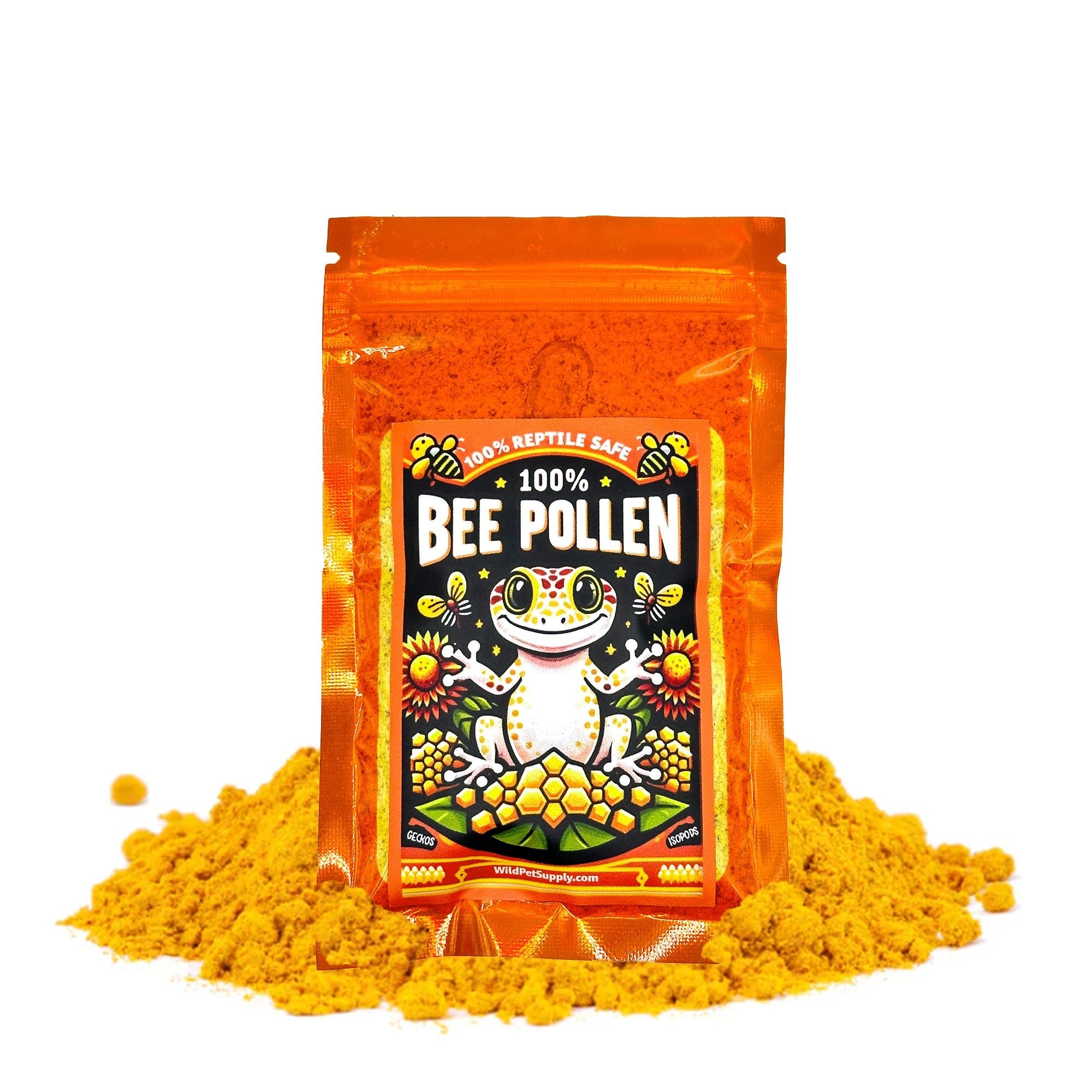
✅ What Makes a Plant “Easy” to Keep
Before jumping into species, here are traits that make a plant beginner‑friendly:
-
Low to moderate light requirement
-
Slow or moderate growth (not overly fast)
-
Tolerance for a range of water parameters (pH, hardness, temperature)
-
Ability to grow attached (on driftwood, rock) rather than needing deep substrate
-
Resilience to occasional neglect, imperfect fertilizing, or minor parameter fluctuations
With that in mind, here are top picks.
🌱 Top Beginner Aquarium Plants

1. Anubias (various species / types)
-
Broad, tough leaves and very tolerant of shade.
-
Best kept attached to driftwood or rock (don’t bury the rhizome under substrate).
-
Grows slowly but steadily.
-
One of the most recommended beginner plants because of its hardiness.
-
Anubias varieties like Anubias nana, Anubias barteri, etc. are common.

2. Java Fern (Microsorum pteropus and relatives)
-
Another excellent “attach-to-wood/rock” plant.
-
Doesn’t require strong lighting or CO₂.
-
Survives in a wide range of conditions.
-
Very low maintenance.

3. Java Moss (and other mosses)
-
Great for shrimp tanks, breeding setups, or as cover.
-
Can grow over driftwood, rocks, or substrate.
-
Tolerates low light and poor flow (though some water movement helps).
4. Cryptocoryne (Crypts)
-
Many crypt varieties are hardy and slow growing.
-
Prefer moderate light and stable conditions.
-
Some species can undergo “crypt melt” when moved or stressed, but usually recover.
-
Good midground or background plants.
5. Amazon Sword / Echinodorus species
-
Classic background or centerpiece plant.
-
Needs a nutrient-rich substrate (especially root fertilizer).
-
Grows well under moderate light.
-
Because of their size, they’re better for tanks with enough depth and height.
6. Vallisneria / Vallis (Vallisneria americana or variants)
-
Long, grass-like leaves that can make a nice “forest” effect.
-
Tolerant of many conditions; often used by beginners.
-
Can propagate via runners.
7. Water Wisteria (Hygrophila difformis)
-
Very forgiving plant.
-
Can be planted in substrate or floated.
-
Grows fast, helps absorb excess nutrients.
-
Good choice to help outcompete algae.
-
Recommended in many beginner lists.
8. Floating Plants & Floaters (e.g. Duckweed, Red Root Floaters, Water Lettuce)
-
Provide shade, help reduce light for algae, absorb excess nitrates.
-
Easy to care for (just scoop off excess regularly).
-
Useful in shrimp or betta tanks for surface coverage.
-
Example: Red Root Floaters (floating plant)
9. Banana Plant (Nymphoides aquatica / other “banana” plants)
-
Has interesting leaf shapes and grows toward the surface.
-
Tolerant of a range of conditions and relatively easy for beginners.
-
Example product below.
10. Scarlet Temple (Alternanthera reineckii)
-
If you have decent lighting and fertilizing, this plant brings color.
-
It’s considered one of the “easier reds” for aquariums.
-
Will do better in moderate light but is forgiving enough for new keepers.
- Choosing a selection results in a full page refresh.








